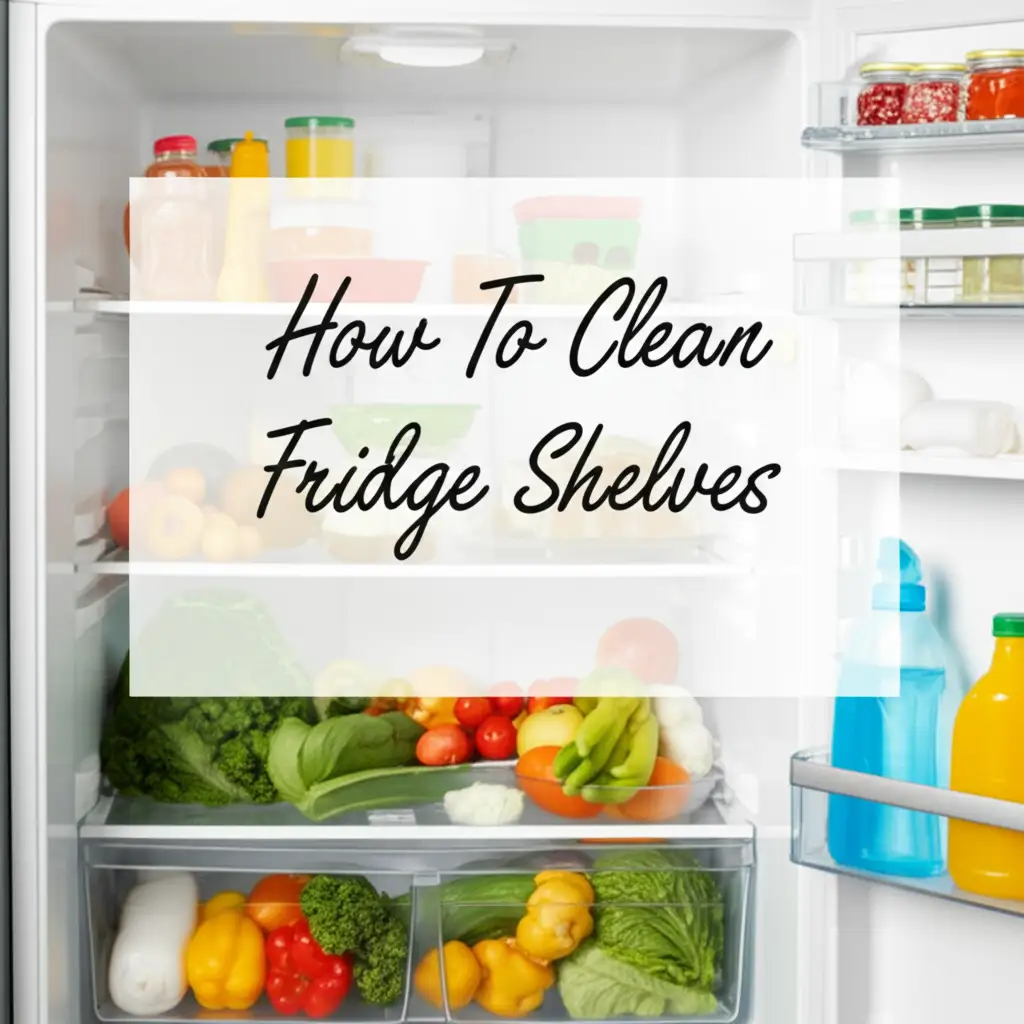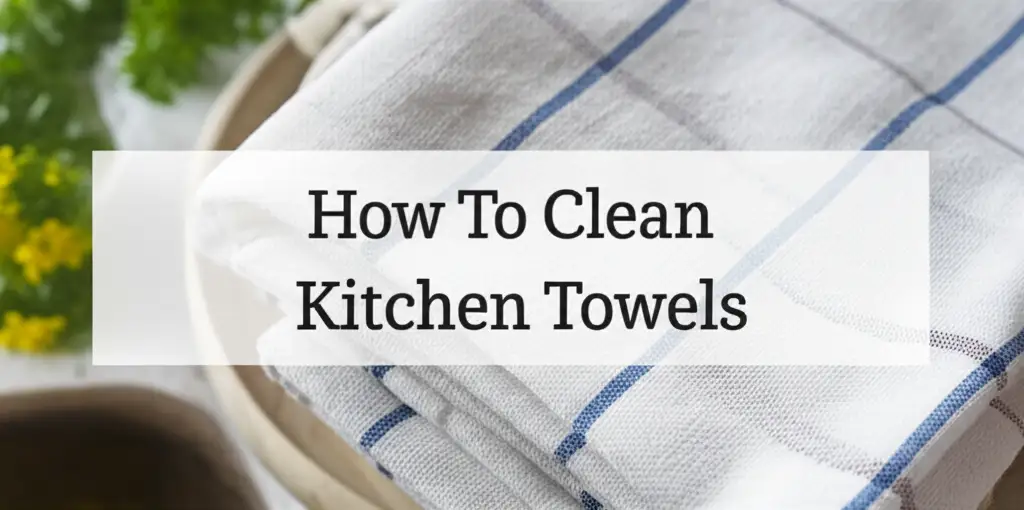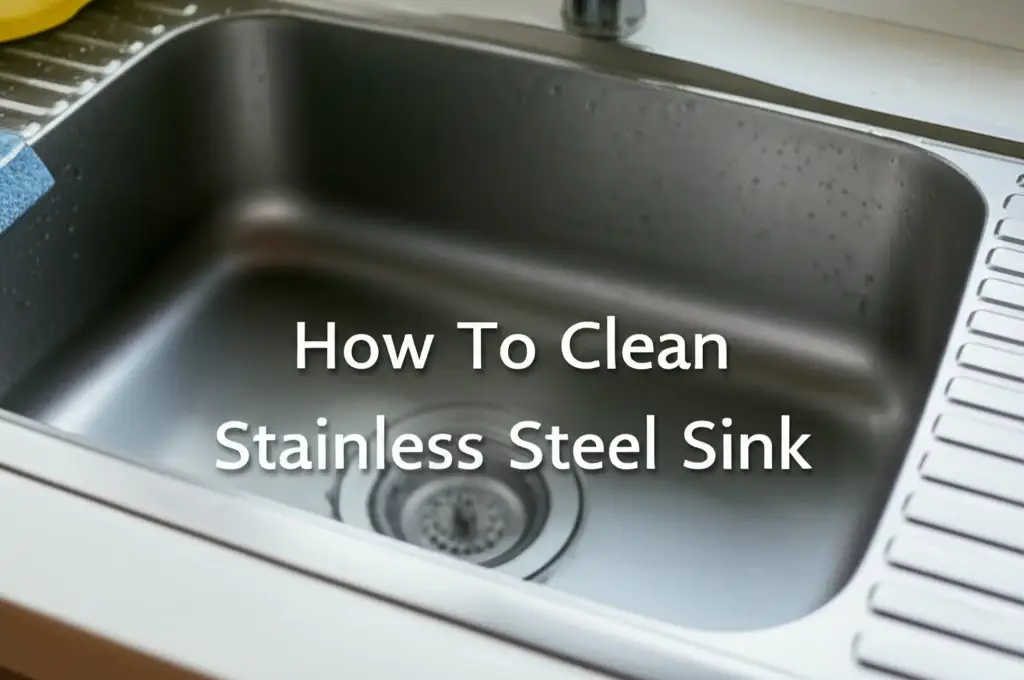· Home Cleaning · 17 min read
How To Clean Fridge Shelves

How To Clean Fridge Shelves
My refrigerator is a hard-working appliance in my home. It keeps food fresh and safe. But sometimes, spills happen, and food crumbs collect. Cleaning the fridge shelves helps maintain a healthy kitchen. This guide will show you how to clean fridge shelves easily. We will cover everything from simple tools to detailed steps. You will learn about different shelf materials and how to handle tough stains. Keeping your fridge clean means your food stays fresh longer. It also stops bad smells from forming inside.
Takeaway:
- Empty your fridge and remove all shelves and drawers.
- Wash shelves with warm soapy water or a vinegar solution.
- Address stubborn spots with baking soda paste.
- Clean fixed surfaces inside the fridge.
- Dry everything completely before putting it back.
To clean fridge shelves, first remove all food and unplug the appliance. Then, take out all removable shelves and drawers. Wash these parts using warm water mixed with mild dish soap or a vinegar solution. For fixed shelves and inside walls, wipe them down with a damp cloth and your chosen cleaner. Rinse and dry all surfaces completely before returning items and plugging the fridge back in.
Why Cleaning Your Fridge Shelves Matters for Food Safety
Cleaning fridge shelves is more than just making the appliance look good. It is important for your family’s health and food quality. Food spills can create breeding grounds for bacteria. Old food particles might rot and cause bad odors. These odors can then transfer to fresh food items. A dirty fridge uses more energy. The compressor works harder to maintain the correct temperature. This means higher electricity bills for you. Regular cleaning prevents these issues.
I know how easy it is to forget about fridge cleaning. We open and close the door many times a day. We add new groceries and take out ingredients for meals. Over time, drips from milk cartons, juice spills, or forgotten produce create a sticky mess. These messes are not just ugly; they are unhygienic. Bacteria like Listeria or Salmonella can grow in these dirty spots. These bacteria can make you sick. Cleaning fridge shelves regularly prevents dangerous germ buildup. It keeps your food safe for consumption.
A clean fridge also smells better. Lingering food smells often come from small spills or forgotten items. When you clean shelves, you remove the source of these odors. This makes your kitchen a more pleasant place. Plus, a tidy fridge makes it easier to find what you need. This reduces food waste. You will not find expired items hidden behind forgotten spills. A well-maintained fridge lasts longer too. Dirt and grime do not get a chance to damage surfaces or seals.
Gathering Your Cleaning Arsenal: Essential Tools and Solutions
Before you start scrubbing, gather all your cleaning supplies. Having everything ready makes the job quicker. You do not want to stop halfway through because you forgot something. This list includes common household items. They are safe for food contact surfaces. You likely have most of these items already at home.
You will need a few basic tools. Start with soft cloths or microfiber towels. These are gentle on surfaces. They will not leave scratches. A soft sponge is good for wiping down larger areas. For stubborn spots, a non-abrasive scrubber can help. Avoid anything too rough, as it might damage your shelves. You might also want an old toothbrush or a cotton swab for tight corners. A bucket or large basin is useful for soaking shelves.
For cleaning solutions, you have several choices. Warm water mixed with mild dish soap is very effective. It cuts through grease and grime. Another excellent option is white vinegar. Mix equal parts white vinegar and water in a spray bottle. Vinegar is a natural disinfectant and deodorizer. It works wonders on stubborn smells. Baking soda is another powerful natural cleaner. You can sprinkle it directly on spills or make a paste with water for tough stains. For more on using vinegar for cleaning, see our guide on how to clean glass with vinegar.
Here is a simple list of supplies you should have:
- Soft cloths or microfiber towels
- Soft sponge
- Non-abrasive scrubber (optional, for tough spots)
- Old toothbrush or cotton swabs (for crevices)
- Bucket or large basin
- Mild dish soap
- White vinegar
- Baking soda
- Spray bottle (for vinegar solution)
- Dry towels (for drying surfaces)
- Cooler with ice packs (for storing food)
Having these items ready will ensure a smooth cleaning process. You will be able to tackle any mess your fridge throws at you. Remember, natural cleaners like vinegar and baking soda are safe for food areas. They leave no harmful chemical residues.
Pre-Cleaning Steps: Preparing Your Fridge for Shelf Sparkle
Before you begin the actual cleaning, you need to prepare your refrigerator. This preparation step is crucial. It ensures safety and efficiency. Taking the time to do it right makes the entire cleaning process much easier. You do not want to rush this part.
First, you must remove all food items from the fridge. This includes everything: condiments, produce, meat, dairy. Place perishable items into a cooler with ice packs. This keeps your food cold and safe while you clean. Try to work quickly to minimize the time food stays out. Group similar items together in the cooler for easy return later. This also gives you a chance to check expiration dates. Throw away any expired or spoiled food.
Next, you need to decide whether to unplug your refrigerator. If you plan a quick clean, you might not need to unplug it. However, for a deep clean, unplugging is recommended. It saves energy and ensures safety. Unplugging also helps to defrost any ice buildup, making the job easier. If you choose not to unplug, you can still clean the shelves effectively. You just need to be mindful of cold surfaces. Our article on how to clean fridge without turning it off offers more details on that approach.
After removing food, take out all removable parts. This includes glass shelves, plastic drawers, door bins, and any other removable compartments. Place these items on a soft surface, like a towel, to prevent scratching or breaking. Some shelves are heavy, so be careful when lifting them out. Take note of where each piece belongs. This helps with reassembly later. Now your fridge is empty and ready for cleaning. This initial setup takes a few minutes. It saves a lot of time in the long run.
The Step-by-Step Guide to Cleaning Removable Fridge Shelves
Now that your fridge is empty and its parts are out, it is time to clean the removable shelves. This is where most of the grime collects. Each type of shelf material may need slightly different care. I will walk you through the process for common types.
Cleaning Glass Shelves
Glass shelves are common in many refrigerators. They offer good visibility and are generally durable. But they can chip or crack if dropped. Handle them with care. Start by rinsing them under warm water to remove loose crumbs. Then, use a soft cloth or sponge with warm water and mild dish soap. Gently scrub away any sticky residue or food stains. For stubborn spots, make a paste with baking soda and a little water. Apply the paste, let it sit for a few minutes, then scrub.
For a streak-free shine, a vinegar solution works best. After washing with soap, spray the glass shelves with your half-water, half-white vinegar solution. Wipe with a clean microfiber cloth. This will remove any soap residue and leave the glass sparkling. It also helps to deodorize. Make sure to rinse thoroughly if using soap. Then, dry the glass shelves completely before putting them back. Water spots can form if they air dry without a wipe. I always make sure they are bone dry to prevent any moisture issues.
Cleaning Plastic Shelves and Drawers
Many fridge drawers and some shelves are made of plastic. Plastic can absorb odors more easily than glass. It is also more prone to staining from colorful foods. Like glass shelves, start by rinsing plastic parts under warm water. Use a soft sponge with warm soapy water to clean them. Avoid abrasive scrubbers. These can scratch the plastic surface. Scratches can trap dirt and bacteria over time.
For deep cleaning plastic drawers, especially those with fruit and vegetable residues, fill them with warm soapy water and let them soak for a few minutes. This loosens dried-on bits. For stains, you can use baking soda paste. Apply it to the stain, let it sit, then scrub gently. To remove odors from plastic, wash with the vinegar solution. Alternatively, sprinkle baking soda inside the drawer after washing and let it sit overnight. Rinse it off in the morning. Always dry plastic components thoroughly before reassembly. This prevents mold or mildew growth in damp areas.
Drying and Inspecting All Removable Parts
Drying is a critical final step for all removable shelves and drawers. Do not skip this. Any moisture left on surfaces can lead to mildew or mold growth inside your fridge. This defeats the purpose of cleaning. Use clean, dry towels to wipe down every surface. You can also let them air dry completely. Place them on a clean counter or drying rack. Ensure there is good air circulation.
While drying, inspect each piece. Check for any lingering stains you missed. Look for cracks or damage. Address any issues now before putting them back. A clean, dry shelf is ready to go back into your refrigerator. This careful drying process makes sure your fridge stays fresh and hygienic after cleaning.
Tackling Fixed Shelves and Interior Walls
Once the removable parts are clean and drying, turn your attention to the inside of the refrigerator. The fixed shelves, walls, and door gaskets also need a thorough cleaning. This part of the job makes the biggest difference in overall freshness. You will remove unseen grime and lingering odors.
Start by wiping down all fixed shelves and interior walls. Use a soft cloth dampened with your cleaning solution. I prefer a mix of equal parts white vinegar and water in a spray bottle. This solution cuts grease, disinfects, and deodorizes. Spray a section, then wipe it clean. Work from top to bottom. This way, any drips fall onto areas you have not cleaned yet. Pay extra attention to corners and edges. Food spills often drip down the walls and collect in these spots. You might find dark spots or residues here.
Do not forget the refrigerator door and its interior. The door holds many items and can accumulate spills. Clean all the door shelves and compartments. Wipe down the inner side of the door. The rubber door gaskets or seals are important areas often overlooked. These seals can collect crumbs, mold, and mildew. Use an old toothbrush or a cotton swab dipped in your cleaning solution. Gently scrub along the folds of the gasket. Mold can be a persistent issue in damp areas like seals. For severe mold, a stronger vinegar solution or baking soda paste might be needed. Our guide on how to clean mold with vinegar offers helpful advice.
After cleaning with your solution, wipe all interior surfaces again with a clean cloth dampened with plain water. This removes any cleaning solution residue. You want a fresh, clean surface for your food. Finally, dry all interior surfaces thoroughly with a clean, dry towel. Leaving moisture can encourage mold growth. This entire process ensures every part of your fridge is sparkling clean and hygienic.
Dealing with Stubborn Stains and Odors
Sometimes, a simple wipe-down is not enough. You might encounter stubborn stains or persistent odors. Do not worry. There are effective ways to handle these common fridge challenges. I have dealt with countless sticky messes and bad smells. You can fix them too.
Tackling Sticky Spills and Dried-On Residue
Sticky spills, like syrup or jam, can dry hard and be difficult to remove. For these, start by placing a warm, damp cloth over the spill. Let it sit for about 5-10 minutes. The warmth and moisture will soften the dried-on residue. This makes it much easier to wipe away. Once softened, use a soft scraper, like a plastic spatula or your fingernail wrapped in a cloth, to gently lift the bulk of the spill. Avoid sharp metal objects. They can scratch your fridge surfaces.
After removing the main part of the spill, clean the area with your regular cleaning solution, such as warm soapy water or vinegar spray. For very tough, baked-on or sugary residues, a baking soda paste can work wonders. Mix baking soda with a little water to form a thick paste. Apply it directly to the stain. Let it sit for 15-20 minutes. The abrasive nature of baking soda, combined with its softening properties, will help lift the stain. Then, scrub gently with a soft sponge and wipe clean.
Eradicating Persistent Odors
Persistent odors are a common issue in refrigerators. They often come from forgotten food, spills, or strong-smelling items. Cleaning helps, but sometimes the smell lingers. After a thorough cleaning, several methods can absorb remaining odors. The most common and effective solution is baking soda. Place an open box of baking soda on a shelf in your clean fridge. Baking soda is excellent at absorbing odors. Replace it every month or two.
Another effective odor absorber is activated charcoal. You can find activated charcoal pouches online or in pet stores. These work similarly to baking soda. Coffee grounds can also absorb odors. Place a small bowl of fresh or used (but dry) coffee grounds in your fridge for a few days. The strong coffee smell will eventually dissipate, taking the bad odors with it. Lemon halves or cotton balls soaked in vanilla extract can also provide a pleasant temporary scent. However, these only mask odors. They do not eliminate the source. For deep-seated odors, ensure you have removed all possible sources of the smell. This includes checking the drain pan and other hidden areas.
Drying, Reorganizing, and Maintaining Your Fridge
You have cleaned all the shelves and the interior. Now comes the satisfying part: drying everything and putting it back. This final stage is crucial for preventing future issues and setting up your fridge for easy maintenance. I always take pride in seeing my fridge sparkle.
Drying Everything Completely
This step cannot be overstressed. Every single part of your fridge must be completely dry before reassembly. Any lingering moisture creates a perfect environment for mold and mildew. Wipe down each shelf, drawer, and interior surface with a clean, dry towel. For shelves, you can also allow them to air dry for an hour or two. Just make sure they are not damp when you put them back. Running a fan nearby can speed up the air-drying process. This ensures no water spots remain. It also makes sure your fridge is ready for food storage.
Reorganizing Your Fridge for Efficiency
Once everything is dry, start putting the removable parts back into your fridge. Put shelves and drawers into their correct positions. Then, bring back your refrigerated food items. This is a great opportunity to reorganize. A well-organized fridge helps you find food easily. It also prevents future messes. Group similar items together. For example, keep dairy products on one shelf. Put condiments in door bins. Use clear containers for leftovers. This helps you see what you have and use it before it expires.
Consider using shelf liners. These are thin, washable mats you place on shelves. They catch spills and crumbs. This makes future clean-ups much quicker. You just lift the liner, wash it, and put it back. This prevents spills from reaching the actual shelf surface. Labeling containers or shelves can also help members of your household put things back in the right place. This maintains order.
Maintaining Freshness: Routine Fridge Shelf Care
To keep your fridge shelves clean between deep cleans, adopt a routine. Wipe up spills immediately when they happen. Do not let them dry and harden. A quick wipe with a damp cloth prevents stubborn stains. Once a week, quickly check your fridge. Remove any wilting produce or expired items. This prevents odors from forming. Once a month, do a mini-clean. Take out a few shelves at a time, wipe them down, and clean the section of the fridge wall behind them. This prevents heavy buildup.
By making cleaning a regular, quick task, you avoid the need for a massive, time-consuming deep clean. Your fridge will stay fresh, your food will be safe, and your kitchen will feel cleaner. It is a simple habit with big benefits.
FAQ Section
How often should I clean my fridge shelves?
I recommend a deep clean of your fridge shelves every 3 to 4 months. This removes buildup and ensures hygiene. However, wipe up spills immediately and do a quick weekly check for expired food. A monthly “mini-clean” of specific sections also helps maintain freshness. This routine prevents major messes.
Can I put glass fridge shelves in the dishwasher?
It is generally not recommended to put glass fridge shelves in the dishwasher. The extreme heat can cause the glass to crack or shatter. High temperatures can also damage plastic components or seals on some shelves. Hand-washing with warm, soapy water is always the safest method for cleaning these parts.
What is the best way to remove sticky spills from shelves?
For sticky spills, first soften them by placing a warm, damp cloth over the area for 5-10 minutes. Then, gently scrape off the softened residue with a plastic scraper or soft sponge. Follow up with a cleaning solution like warm soapy water or a baking soda paste for any remaining stickiness.
How do I prevent bad odors in my refrigerator?
To prevent bad odors, clean up spills quickly and regularly remove expired food. Place an open box of baking soda in the fridge; it absorbs smells effectively. Replace the baking soda every 1-2 months. You can also use activated charcoal or a bowl of dry coffee grounds as odor absorbers.
Can I use strong chemical cleaners on my fridge shelves?
I strongly advise against using strong chemical cleaners on fridge shelves. Harsh chemicals can leave residues that are unsafe for food contact. They can also damage plastic or glass surfaces. Stick to mild dish soap, white vinegar, or baking soda for safe and effective cleaning.
What if I find mold on my fridge shelves or seals?
If you find mold, create a solution of equal parts white vinegar and water. Spray the moldy area thoroughly. Let it sit for 10-15 minutes to kill the mold. Then, scrub with an old toothbrush or a cloth. For persistent mold, a baking soda paste can also be effective. Ensure you dry the area completely afterward.
Conclusion
Cleaning your fridge shelves keeps your kitchen clean and your food safe. We covered why a clean fridge matters, from preventing bacteria to stopping bad smells. You learned about the simple tools needed, like soft cloths and natural cleaners. We walked through preparing your fridge, removing food, and unplugging it. Then, we discussed cleaning removable glass and plastic shelves. We also covered the important step of cleaning fixed surfaces and door seals inside the fridge. Tackling stubborn stains and lingering odors is also manageable with the right methods.
Finally, we explored how to dry everything properly and reorganize your fridge for better efficiency. Remember, consistency is key. Wipe up spills as they happen. Do quick checks for expired food. A deep clean every few months keeps your fridge in top shape. By following these steps, you will enjoy a fresh, hygienic refrigerator. This makes food storage safer and more enjoyable for everyone. Keep your fridge shining!
- refrigerator cleaning
- fridge maintenance
- kitchen hygiene
- shelf cleaning




